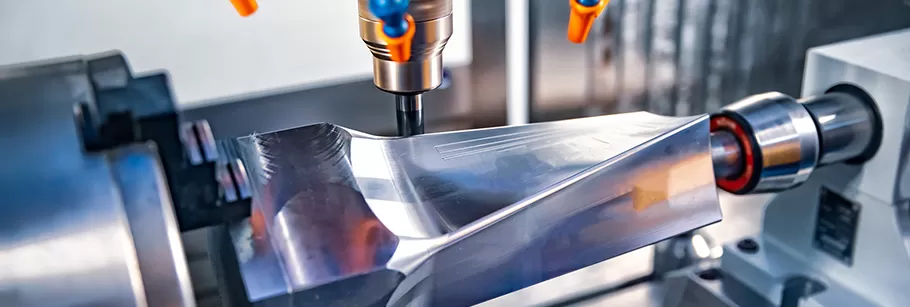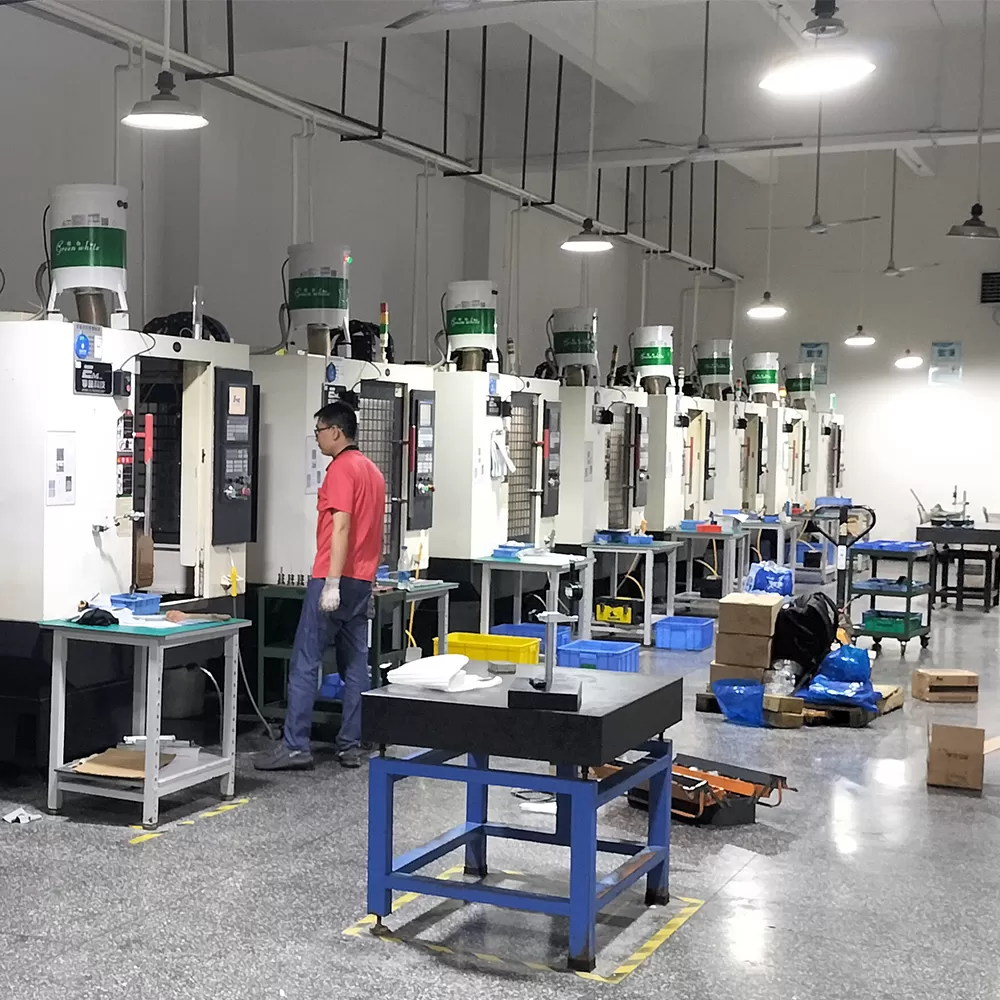Aerospace Applications CNC machining Introduction
CNC machining is a key technology in modern aerospace engineering. Computer Numerical Control (CNC) machining plays a crucial role in the development of aerospace components and systems as it provides precise, efficient and repeatable manufacturing processes. With advancements in CNC machining technology, aerospace companies now have the ability to produce highly complex parts with greater accuracy and reliability.

What is Aerospace Applications CNC Machining?
CNC machining is a digital subtractive manufacturing process that uses computer numerical control (CNC) systems to direct automated cutting tools to remove material from a workpiece in order to create a desired shape or size. The process is mainly used for metal working, but can also be used for other materials, such as plastics or composites. CNC machining can make precise cuts and shapes in metal or plastic workpieces that are difficult to achieve with other methods.
Benefits of CNC Machining for Aerospace Applications
CNC machining has been adopted by the aerospace industry for its many advantages. It can produce highly precise and accurate parts with repeatability, which is essential for aerospace components. It also allows for faster production of parts and designs due to its high machining speeds. CNC enables the manufacturing process to be programmed and automated, allowing for cost-efficient production of complex parts. Additionally, CNC machining is flexible and can be used to produce a wide range of parts and components with different sizes, shapes and features.
In addition, CNC machining makes it easier to produce components with tight tolerances and intricate details, making it a great choice for aerospace parts that need to meet rigid safety and quality standards. It also helps reduce waste and scrap, as it provides improved tool life and less material waste.

CNC Machining Process for Aerospace Applications
The CNC machining process involves feeding a digital model of a component into the CNC machine, which then automatically translates the model into a set of commands to control the machine. The commands direct the machine tool to cut, turn and mill the component to the desired shape and size.
The process begins with the selection of the correct tooling and workholding to secure the workpiece. The machine tool is then programmed with the appropriate commands to shape the component. Once the machine is set up, the operator activates the machine to begin the machining process. The machine tools are moved in relation to the workpiece to achieve the desired shape and size.
Aerospace Applications CNC machining Conclusion
CNC machining is an essential tool for the aerospace industry. It provides greater accuracy, flexibility, and reduced costs when producing complex components for aerospace applications. CNC machining has revolutionized the way aerospace parts are manufactured and is continuing to be developed to meet the demands of the industry. With the continued advancement of CNC machining technology, aerospace engineers will be able to produce more complex components with greater precision.
Related product processing services
CNC Machine Parts Manufacturer
CNC Milling Parts Machining Service
High -Precision CNC Turning Machine Parts



Pingback: Custom CNC Parts for Automotive | Aerospace CNC Machining Services
I conceive this site holds some rattling wonderful information for everyone : D.
Thank you for your attention, please subscribe to us and share valuable information with your friends in need, have any needs, please send us an inquiry.
I got what you mean ,saved to favorites, very decent website .